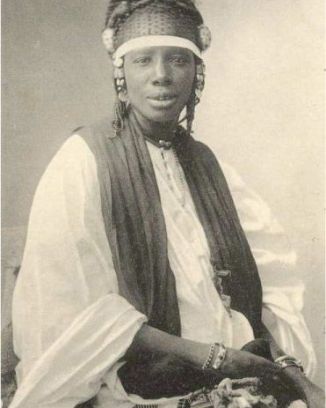West Africa: The Bambara people are the ethnic group of people of West Africa associated with the regions including Senegal, Ghana, Mali, Guinea etc., from which 80% of the Population speak the Bambara Language.
The history of the Bambara people is filled with tales of resistance, resilience, and a steadfast commitment to preserving their traditional religious beliefs.
Amidst the diverse narratives surrounding their origins, one thing remains clear—the Bambara played a significant role in the mighty Mali Empire during the 13th century. Within this historical context, their story truly begins with a strong emphasis on their unwavering resistance against the influence of Islam in favour of their cherished traditional religion.
Additionally, the renowned pilgrimage of Mansa Musa, the ruler of Mali, to Mecca in 1324 C.E. greatly impacted the perception of the kingdom and left a lasting legacy.
The origins of the Bambara have long been debated, intertwined with oral histories, myths, and conjectures. Some accounts suggest migration from the Sahara desert, while others point to the Wassoulou River Valley, encompassing present-day Mali, Guinea, and the Ivory Coast areas. Another prevailing theory suggests that their language and customs bear such a close resemblance to neighbouring groups like the Mandinka, Bozos, and Soninke that the Bambara must have always been indigenous to the Niger Bend.
Resistance and the Mali Empire:
Within the influential Mali Empire, where Islam gained prominence, the Bambara stood firm in their commitment to their ancestral traditions. Despite the adoption of Islam by their rulers, the Bambara chose to retain their religious practices and traditional worship. This resistance to the encroachment of Islam would shape their cultural identity and set them apart from the Muslim Mandinka.
The Legacy of Mansa Musa:
When Mansa Musa embarked on his historic pilgrimage to Mecca in 1324 C.E., his journey through Egypt caused quite a stir. The kingdom of Mali, relatively unknown outside of West Africa until this event, captured the attention of the Arab world and beyond. Accounts from Arab writers of the time describe his awe-inspiring entourage, comprising tens of thousands of people and numerous camels laden with 136 kilograms (300 pounds) of gold each. During his visit to Cairo, Mansa Musa met with the Sultan of Egypt and distributed such vast amounts of gold that the overall value of the precious metal decreased in Egypt for the next 12 years. Stories of his fabulous wealth even reached the shores of Europe.
The Global Imagination:
The influence of Mansa Musa’s wealth and prominence extended beyond his contemporaries. The Catalan Atlas, created in 1375 C.E. by Spanish cartographers, prominently features a depiction of West Africa dominated by Mansa Musa seated on a throne, holding a shining nugget of gold and a golden staff in his hands. This iconic representation solidified Mansa Musa’s image as a figure of stupendous wealth in the global imagination.
The story of the Bambara people is one of cultural pride, resilience, and the preservation of their traditional religious practices. Their unwavering resistance against the imposition of Islam in favour of their ancestral beliefs sets them apart within modern African history.
The Bambara continue to celebrate and uphold their cultural heritage, representing a living testament to their enduring spirit of resistance and commitment to preserving their cherished traditions in the face of external influences.
Additionally, the legacy of Mansa Musa, with his legendary pilgrimage to Mecca and immense wealth, further cemented the kingdom of Mali’s place in global history. Still, at the same time, it sets open doors to question whether his generosity ended up giving away most of the empire’s wealth, leading to the Mali empire’s collapse shortly after his death.



